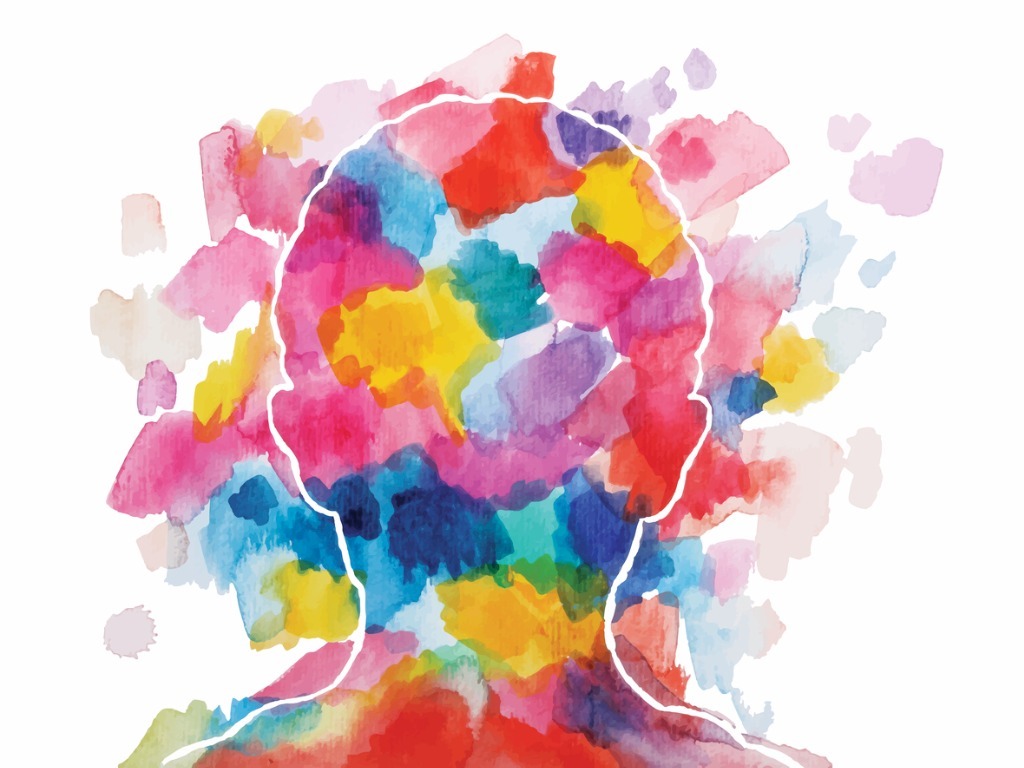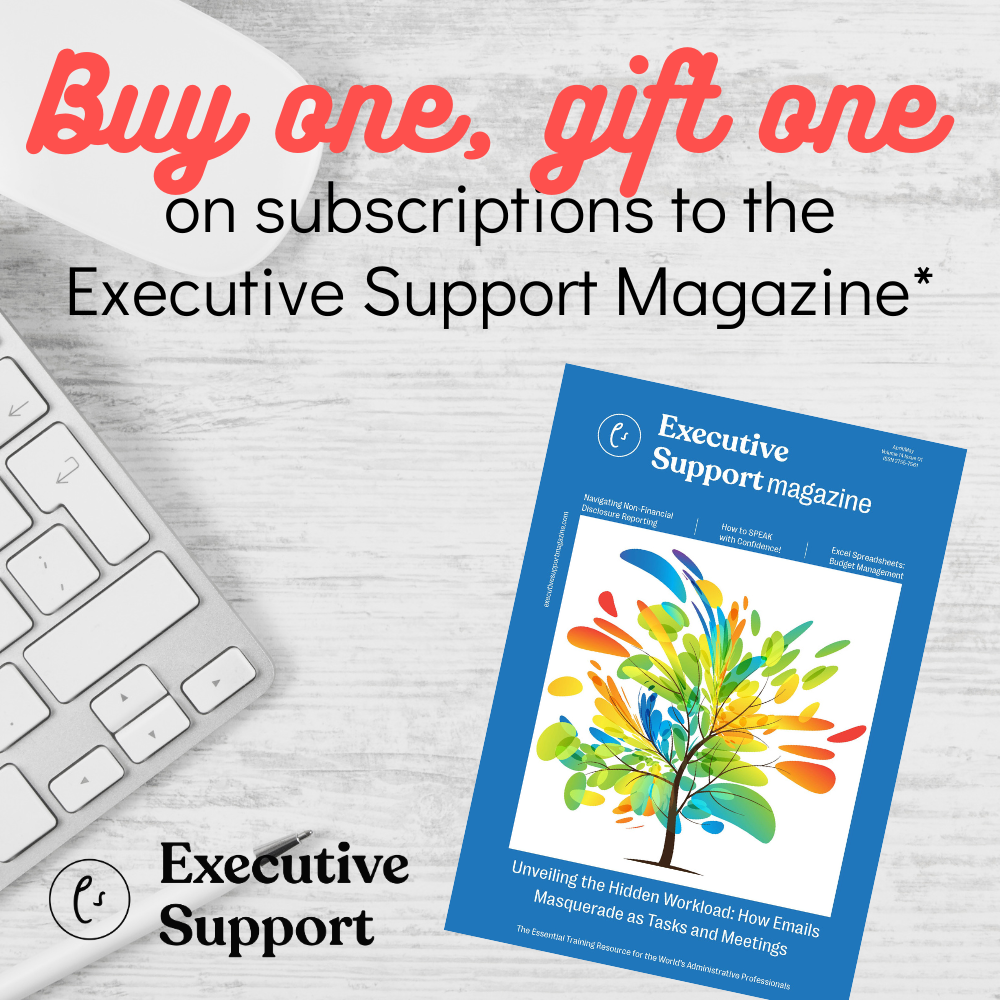
Andy Edwards explains the art and science of playing nicely together
Relationships are important. It is a basic human need to perceive an association with others – common denominators, similarities, belonging, and being part of the gang. Relationships are the conduit through which connections are made, information flows – and ‘understanding’ prevails.
In fact, the extent to which appropriate information flows freely throughout an organisation is the extent to which nearly every positive measurement of that organisation’s performance is enhanced. As the oft-quoted English author and poet John Donne said: ‘No man is an Island’.
So, when you look at your primary business relationship – say, with your Executive – the likelihood is that you both have your own foibles and follies. And if we work with more than one person, how can any of us possibly get it right every time? Relationships are difficult enough one-to one!
Never treat others as you would be treated
Most of us have been brought up with the idea that we should ‘do unto others as we would be done unto’. And why wouldn’t we? This ‘Golden Rule’ appears in pretty much all the religious texts – and is frequently quoted on Facebook – so it must be true!
But let’s think about this… if we understand and appreciate that we are not all the same – with the same preferences and inclinations, then we should re-consider this so-called Golden Rule…
As a perfect illustration; my wife kisses me goodbye as I head off to a conference or workshop and says “Goodbye Darling – and remember not to touch anyone!” We laugh – but it underpins this very point. You see, I am very happy for pretty much anyone to touch me. I am a touchy-feely person and like nothing better than to greet people with the warmest of handshakes – often with a hand on their shoulder and, ideally a kiss or a brief hug.
So, I am keen to ensure that I don’t treat other people with the assumption that they share my preferences. I treat people, not how I want to be treated, but how they want to be treated. And it might not be the same as me.
Consider someone who eats with a left-handed preference… in other words they have their knife and fork the other way around to me. Why – given that I know their culinary preferences – would I continue to set their table place to my preference? Given that I am aware of their preference, wouldn’t it be better to set their place to account for their preference?
It is not difficult to do this. In fact, merely the awareness of someone else’s preference is enough to allow us to take them into account in our interactions with that person.
When we do, they notice. Suddenly their relationship with you seems a little easier and more effective.
So how do we develop such awareness of others?
Well, for a start, we judge others all the time. Embrace it! It’s human nature to make broad assumptions about someone on meeting them. Some would say we form an impression in as little as three seconds. But what of our own prejudices are we bringing to bear? Why do we assume character traits based on physical proportions? Is it fair to attribute intelligence (or its lack) by virtue of an accent? And as for what they are wearing…!
The trouble is that, most of the time, these judgements take place at a sub-conscious level. With some people, we just ‘click’. To others, we automatically ascribe negative attributes based on… what? We need to become more conscious of our judgements – so that we don’t become judgemental.
Common denominators
As a speaker and trainer, it never fails to astound me when I look around at a conference audience, or delegates at a master class, and see the predictable basic differences between them all. And before you charge me with boxing people in, categorising or stereotyping, let me point out some groupings that we take for granted.
I prefer to use my right hand when undertaking most manual tasks. I am comfortable with my right-handed identity. Furthermore, I sport a fine mop (if I say so myself) of ‘salt ‘n pepper’ coloured hair. I’m not blonde, nor am I ginger, or bald. And then there’s that wonderful X or Y chromosomal group – sometimes referred to as gender. Yup, I am usually classed as a male and happy with such a categorical assumption. These physical characteristics are usually categories we accept – and can do little about (although some do try with varying degrees of success).
Differences between the ears
Less obvious than our physical distinctions (natural or manmade), are our psychological preferences. But even these differences can be clearly evident to the consciously aware. Ultimately, we are all individuals, however, there are some useful common denominators, the knowledge of which can really help you connect to a person – your Executive or wider team for instance.
Look out for the four main character types (as defined by the work of Carl Jung). And bear in mind the words indicate a preference – not an ability.
‘Red’ type: Determined, Competitive and Strong Willed.
‘Yellow’ type: Sociable, Enthusiastic and Expressive.
‘Green’ type: Caring, Encouraging and Amiable.
‘Blue’ type: Cautious, Precise and Analytical.
Now, of course, we can ‘Do’ all of these types according to the situation or context. However, we probably have a starting point; a preference for one of these styles. We are likely to have a second (or supporting) preference, a third, and a least preferred. It follows we have a colour order… and this can be very obvious to others. Unfortunately, we can also perceive someone else’s behavioural preference as wrong; especially if their colour order is very different to ours.
But of course, it’s not wrong – it’s merely different. The trick is to welcome, appreciate, and respect these differences. After all, if everyone was the same – then some of us wouldn’t be necessary!
To start with, let’s consider an overview of the four main types. Think of your Executive – remembering that these primary colours reflect someone’s starting point – not a restriction. Also, bear in mind that Red & Green are opposites, as are Yellow & Blue:
Red Executive: Extraverted Thinking – results focused.
- Ready for the challenge and ready to go!
- Clear and focused approach.
- Wants to be in charge of their environment (and others).
- Easily impatient.
Make sure you really understand what your Executive requires – then be brief, be bright, and be gone! But don’t confuse their assertiveness with aggression, their focus as dismissiveness, or their commitment to high standards as intolerance.
Yellow Executive: Extraverted Feeling – future focused.
- Looking for involvement and entertainment.
- Creative and fun approach.
- Wants to work with others and to socialise.
- Easily distracted.
Recognised their need to be flexible, and to be around others. Involve them. Praise them a lot and be clear that you like them. But don’t mistake their enthusiasm for hyperbole, their friendliness as shallow, or their creative approach as impulsive.
Green Executive: Introverted Feeling – harmony focused.
- Keen to understand the effects of any changes.
- Intense, values-based approach.
- Wants to understand the impact on others close to them.
- Easily troubled.
Allow time for consideration and decision-making in an accommodating atmosphere. Show them you care. But don’t automatically assume their desire to help is mistrustful, their pauses imply disinterest, or that their preference to check with others is them being unsure.
Blue Executive: Introverted Thinking – detail focus.
- Looking for a clear, logical process.
- Detached, thinking approach.
- Wants to obtain facts, perceive structure and recognise ‘why’.
- Easily disengaged.
Provide information, references, and proof, in a business-like environment. Win them over with reason. Expect initial disagreement – they look for what is wrong first. Provide the detail or proof. But don’t think of their attention to detail as pedantry, their rationality as uncaring, or lack of social needs as a reflection of you.
Psychometrics (literally ‘measuring the mind’) is a great starting place for understanding ourselves, our personal impact, and how others tick. The more you are aware of the similarities and differences between you and others, the better emotional intelligence you will develop, and your relationships (not just at work) will improve.
But whichever model you favour – make sure you are helped to apply it in real life. Without application, ANY model is useless and ineffective!













